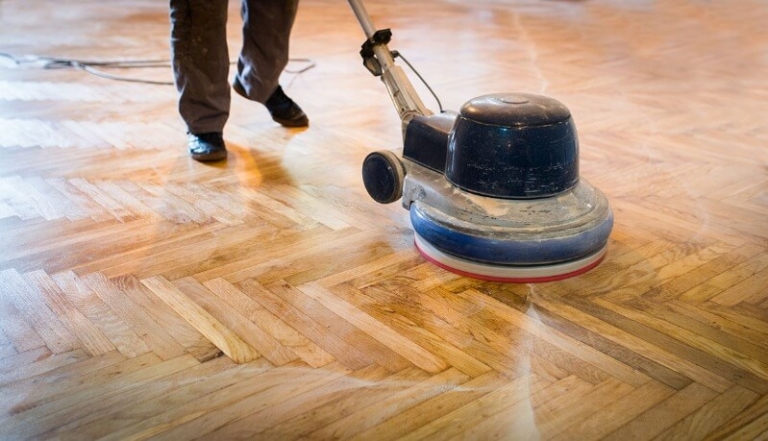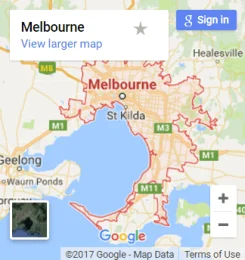In the wood flooring industry, “stain” and “discolouration” have several different meanings. “According to experts, “a discolouration in wood that can be caused by a variety of factors such as bacteria, metals, or chemicals.”The phrase also refers to the materials used to colour wood.” Merriam-definition Webster’s of discolouration is “a spot that has changed colour.”
Most people don’t know the importance of floor staining, and the values add to the overall wood. If you are new to wood staining, it’s better to take advice from timber floor sanding services in Melbourne.
Staining Can Make The Sanding Scratch Visible
The most significant reason to consider staining carefully is that it highlights even slight errors in your sanding job. These flaws would go undetected in a clear or natural-finished floor. Remember that stain is made out of big colour particles known as “pigment.”
Unfortunately, sanders (those who are most likely to desire to stain their floors because they believe it is simple) are prone to leaving many deep craters, scratches, and gouges in the floors they sand. The colour is absorbed more deeply along the scratch lines than in the surrounding wood when the stain is rubbed into the wood. In other words, staining a floor that has been sanded by a novice is akin to tattooing a large, unsightly tattoo on your floor.
Some Woods Are Not Suitable To Stain
You must first determine the species of your wood floor before applying a stain. Maple, birch, and coniferous woods (particularly pine and fir) are notoriously difficult to dye evenly. Maple and birch are both fine-grained woods with small pores, and the density of pore wall fibres varies greatly.
In other words, the stain pigment particles have fewer places to wedge themselves, and those locations are not evenly distributed throughout the wood.
Black Wooden Stain Can Be Ugly
Stain is applied differently than virtually any other finish: it’s rubbed on with rags and then wiped off. The quantity of stain that a floor can absorb is limited; if you use too much stain or apply a second layer, the surface will not become darker.
When you use too much stain or apply many coats, the stain will ‘bleed back,’ meaning it will wick back up to the surface of the board as the solvent evaporates.
Bleed back can also happen when a finish coat is put to a stained layer with pockets of uncured stain in the crevices between the boards, causing the pigment to seep up and into the clear finish.
Staining Takes A Lot Of Time
When it comes to drying and recoat durations, latex paints have set very high standards—standards that you must set aside if you’re staining a floor. This is because staining your floor is only the first stage in the process of finishing it.
Because pigments do not give much abrasion or solvent resistance on their own, most people apply two or three coats of a clear, protective finish over the stain.
Hire total floor sanding and polishing if you are looking for a residential floor polishing and sanding company in Melbourne. Quality is our top priority; our experts are highly qualified to do the best quality polishing.


